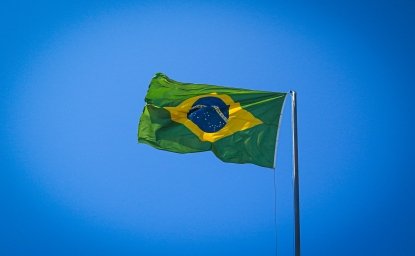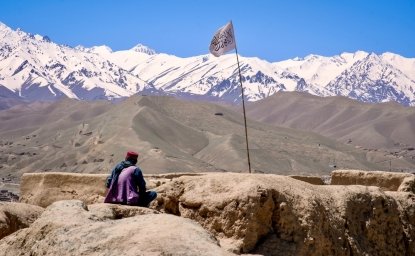Takeaways From Indian Prime Minister Narendra Modi’s Visit to Washington
Prime Minister Modi won over the Obama administration relatively easily, but not until this trip did he demonstrate the respect he has earned in Congress.
Prime Minister Modi won over the Obama administration relatively easily, but not until this trip did he demonstrate the respect he has earned in Congress.

Narendra Modi’s Washington rehabilitation is complete. That’s the chief takeaway from the Indian prime minister’s three-day visit to the U.S. capital. His agenda included a sit-down with President Barack Obama; addressing a joint session of Congress; and meetings with top CEOs, the World Bank director, several U.S. Cabinet members, and Washington think tankers.
Mr. Modi received a hero’s welcome from elected officials when he arrived at the U.S. Capitol on Wednesday, and his address to Congress drew multiple standing ovations. Many people hugged the prime minister as he entered and exited. Mr. Modi has come a long way in a short time; a decade ago, he was persona non grata in Washington. He was denied a visa to the U.S. in 2005 because officials thought that he hadn’t done enough to stop anti-Muslim riots in the Indian state of Gujarat in 2002 when he was chief minister there. After he was elected prime minister two years ago, the Obama administration opted not to ban the leader of a rising democratic power critical to U.S. interests. Rather than hold a grudge, Mr. Modi impressed upon Washington his desire to deepen bilateral relations. He won over the Obama administration relatively easily, but not until this trip did he demonstrate the respect he has earned in Congress—which has been the source of several tension points, thanks to lawmakers’ criticism of India’s human rights record and visa policies that New Delhi has lambasted as discriminatory to Indian workers in the U.S.
As I wrote Monday, a major objective of both leaders was for this trip to amplify the countries’ shared values, convergent interests, and depth of the relationship. This was meant to help signal that U.S.-India ties are poised to remain strong whoever is elected in November. Both the joint statement issued after Mr. Modi’s meeting with the president and the prime minister’s congressional address referred to a “natural” and “indispensable” relationship; joint bedrock beliefs in freedom and democracy; and similarities between both nations’ founders. One of the largest applause lines in Mr. Modi’s speech was his reference to the 3 million-strong Indian-American community, which is often cited by both governments as a natural bridge.
For all the talk of defense as the pillar of the U.S.-India relationship, climate change occupies an increasingly critical position as well. Climate change and “clean energy” were a long section of the joint statement, which pledged stepped-up collaborations with U.S. financing of and technology for more environmentally-friendly energy in India. The Modi administration has interest in low-carbon energy projects (though it has not said explicitly that it will pursue emissions-reduction policies). Perhaps in part because of the public health consequences of India’s air-pollution levels, New Delhi no longer reflexively argues that it has a right to pollute for economic development. India’s greater receptivity to mitigating climate change is a boon for bilateral relations.
The trip produced deals on energy and educational exchanges, but final terms were not reached on the biggest pending projects—significantly, a plan to have Westinghouse help build nuclear reactors in India advanced but isn’t complete; also still pending is an accord allowing the U.S. and India to use each other’s military facilities for refueling and repairs. Additionally, while the joint statement said the United States would join the Paris Agreement climate accord this year, it said only that New Delhi would “work toward this shared objective.” The Obama administration wants India to formally join the accord before the U.S. presidential election, moving the agreement one step closer to enforcement (at which point nations cannot opt out for a period of four years, so the next U.S. president would not be able to withdraw).
For Mr. Obama’s legacy and for the good of the overall relationship, U.S. and Indian officials will want to reach closure soon on other pending initiatives.
The opinions expressed here are solely those of the author.
This article was originally published in the Wall Street Journal's Think Tank blog.


The Indo-Pacific Program promotes policy debate and intellectual discussions on US interests in the Asia-Pacific as well as political, economic, security, and social issues relating to the world’s most populous and economically dynamic region. Read more




